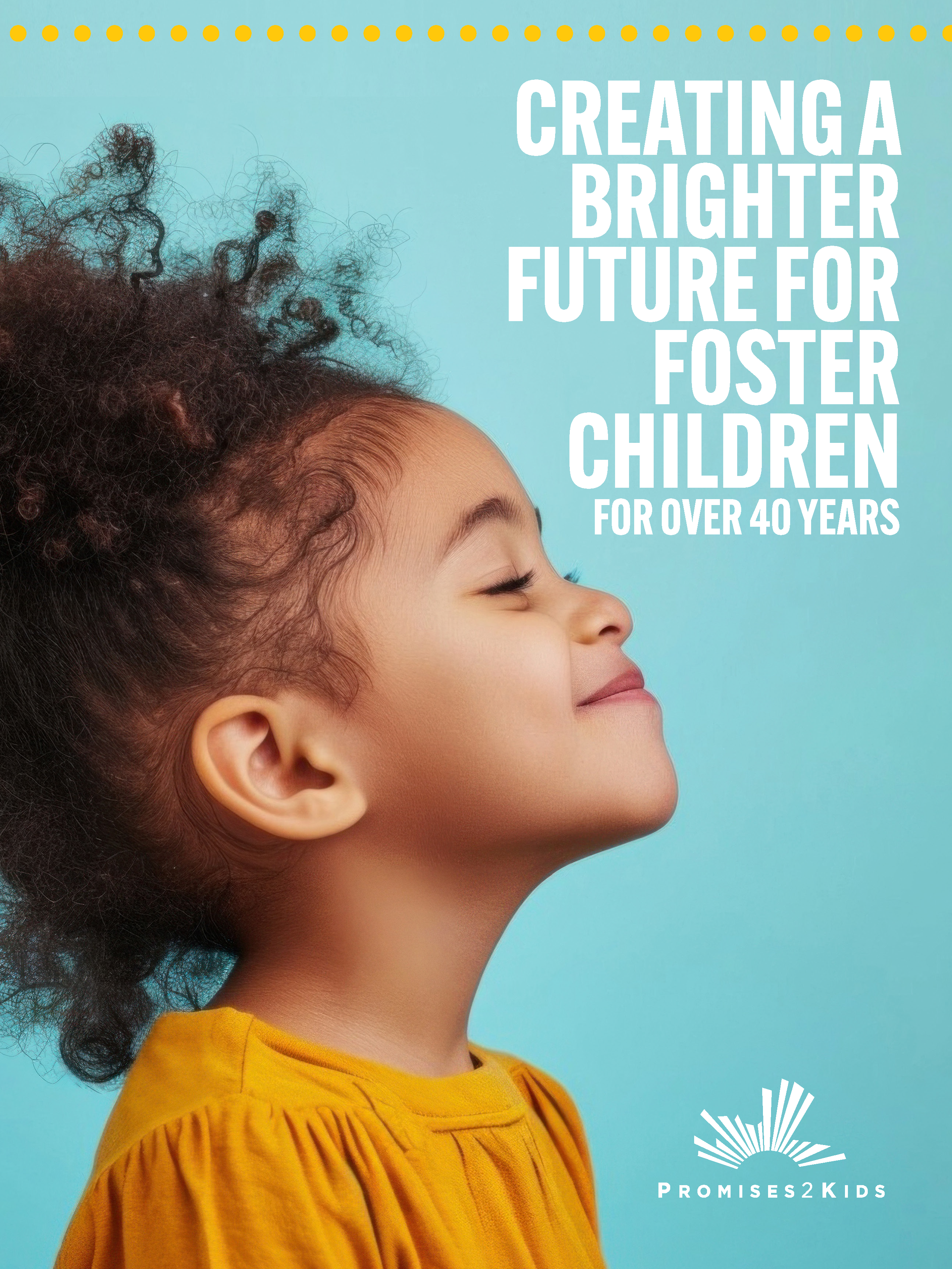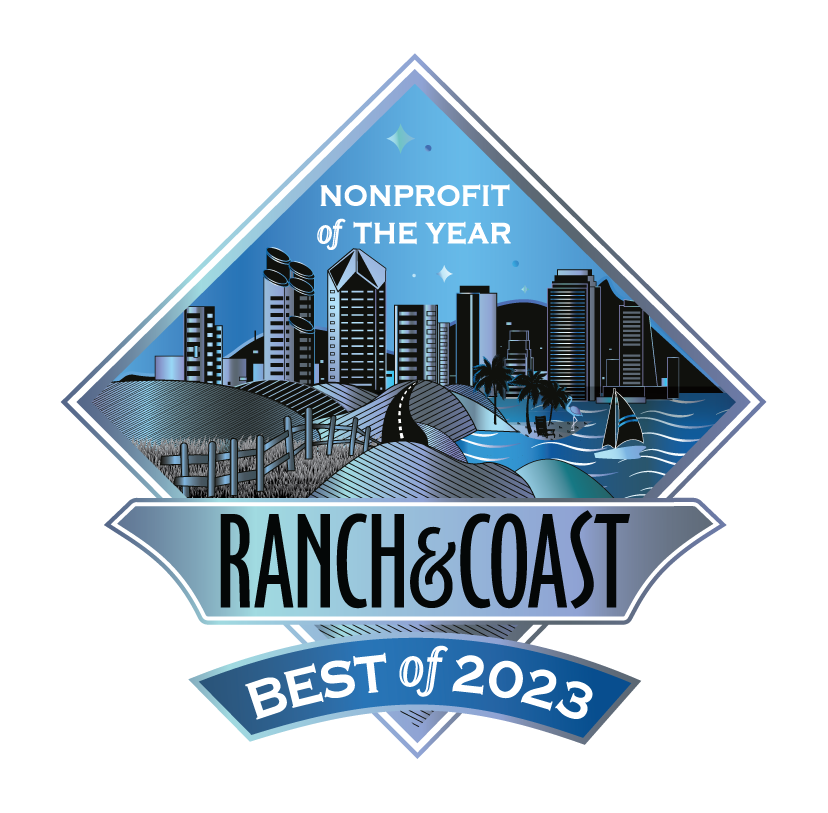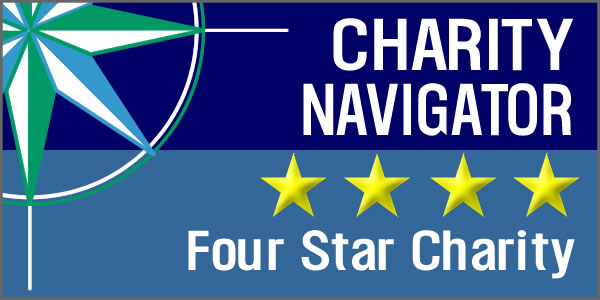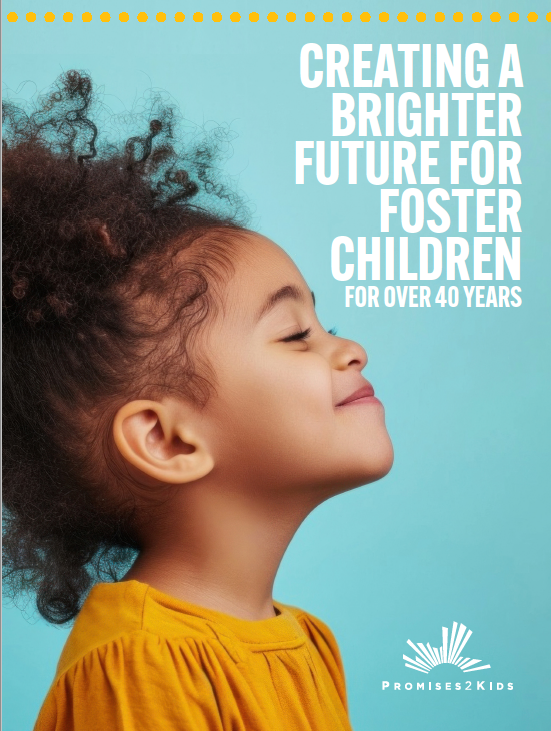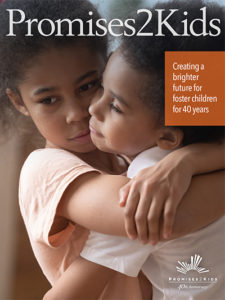EDUCATION NONPROFIT LEADERS URGE STRATEGIC INVESTMENTS TO
SUPPORT FOSTER YOUTH HIGH SCHOOL GRADUATION SUCCESS
The Foster Youth Pre-College Collective Releases “Destination Graduation” Report; Underscores Foster Youth Challenges and Promising Practices That Successfully Impact Academic Progression
LOS ANGELES, Calif. (June 4, 2024) – Deeper investment in highly relational one-on-one services will close the persistent gap between the high school completion rates of youth in the foster care system and other K-12 students, according to a new report, Destination Graduation: Investing in the Educational Attainment of California’s Youth in Foster Care. Nearly 37% of California’s foster youth do not complete high school within four years, and their completion rate is 28% lower than the rate for all students. Released by The Foster Youth Pre-College Collective (tFYPC), the report calls attention to: the unique life challenges youth in foster care face due to the trauma of family separation and chronic instability; why public systems have struggled to respond to these barriers despite reform efforts; and elevates promising practices that have been shown to help youth complete high school and pursue post-secondary education.
Serving over 3,000 students per year across California, tFYPC is comprised of six leading California-based foster youth direct service provider organizations. tFYPC’s members have a combined high school completion rate of 88.2% for students in foster care, with 78% of participating youth enrolling in post-secondary education. Understanding that with high-frequency, individualized support, foster youth are more likely to stay engaged in school, tFYPC members are partnering to increase the number of high school foster youth receiving educational services.
“While new public funding isn’t feasible in this current economic climate, schools and educators still have foster youth in their classrooms who desperately need added support,” said Matt Strieker
Chief Executive Officer, United Friends of the Children. “This report elevates demonstrated successful practices that community-based organizations are utilizing today, and perhaps through strategic collaboration between CBOs and public systems, we can better meet the needs of our kids in these budget-strapped times.”
The report highlights prior state reform efforts that have sought to increase funding, improve school stability, enhance service coordination and designate and empower adults in educational decision-making for youth in foster care. At best, these efforts have created a more responsive system. Still, none of these reforms provide the kind of one-on-one support needed for a student who is managing the complex trauma arising from family separation. Across educational outcomes, youth in foster care fare worse than all other high-needs populations, including students who are homeless, have a disability or are migrant or socioeconomically disadvantaged.
“When I was in my sophomore year, I went to one high school for two weeks and then switched because it didn’t work out with that family,” said Andi Mata, foster youth ambassador. “Because I kept transferring high schools, I fell behind in my classes, was never evaluated for an IEP when I should have been, and teachers began to just pass me along. It’s only because I found a college support program that I made it to college at all, but I’m still struggling and playing catch up.”
Programs that achieve positive results are youth-driven and guided by trained experts dedicated to addressing the academic and developmental needs of students with foster care experience. Foundational to all tFYPC member programs are one-on-one relationships that follow the youth regardless of their system status (i.e., if they exit care while enrolled in the program). Additional key components include:
- Individualized, frequent and trauma-informed educational counseling and post-secondary planning for youth in grades 6-12
- Social-emotional skill building and therapeutic supports
- Financial assistance for emergencies, enrichments and scholarships
- Community building through social activity, peer mentoring, youth leadership and service learning projects
For more information or to access the full report, visit https://tfypc.org/.
About the Foster Youth Pre-College Collective
Established in 2020 during the height of the pandemic, the Collective is led by six of California’s leading direct service organizations – First Star, Inc., Children Youth and Family Collaborative (CYFC), National Center for Youth Law (NCYL), Pivotal, Promises2Kids, and United Friends of the Children – serving youth in 10 California counties, including Alameda, Contra Costa, Los Angeles, Sacramento, San Bernardino, San Diego, San Francisco, San Mateo, Santa Clara and Santa Cruz. Member organizations offer transformational, community-based programs that achieve a combined high school graduation rate of 88.2% for students in foster care, with 78% of participating youth enrolling in post-secondary education. As California’s foster youth continue to lag behind nearly every other high-needs student population, the Collective seeks to create a sustainable public funding source dedicated to providing all foster youth across the state with the support they need to graduate from high school and successfully pursue progressive post-secondary educational and career development pathways aligned with their interests and goals.
# # #
